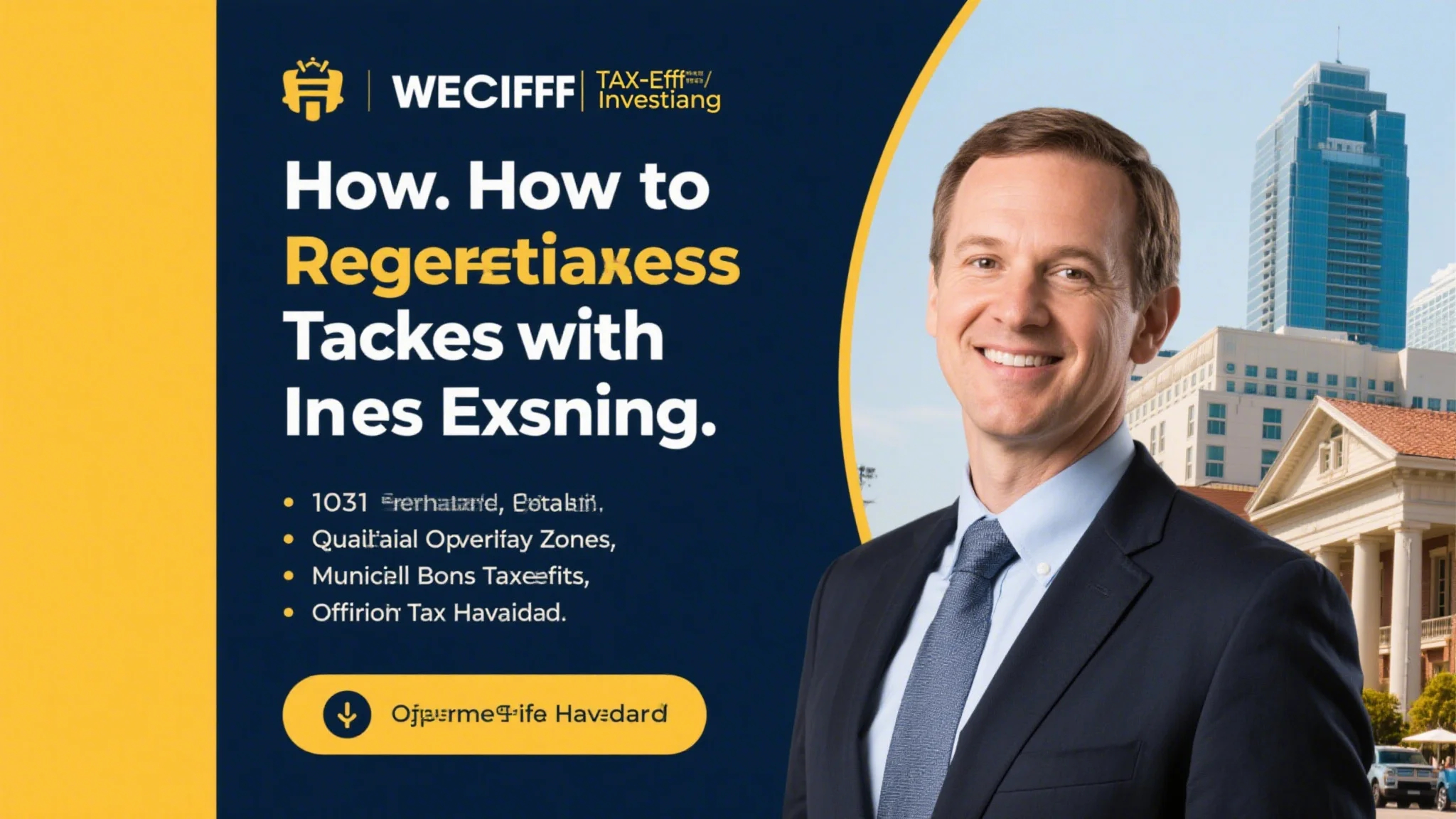tax-efficient investing
Tax-Efficient Retirement Withdrawals for Maximum Savings
Strategic Retirement Account Withdrawals Understanding tax-efficient investing principles is crucial when planning retirement withdrawals. The order in which you tap different accounts – taxable, tax-deferred, and tax-free – can significantly impact your lifetime tax burden. Conventional wisdom suggests spending taxable accounts first, then tax-deferred, and finally Roth accounts. However, this approach may not always be […]
How Qualified Opportunity Zones Offer Tax Breaks
The Fundamentals of Opportunity Zones Qualified opportunity zones were created under the 2017 Tax Cuts and Jobs Act to stimulate economic development in distressed communities. These designated areas offer three primary tax benefits for capital gains reinvested within 180 days: temporary deferral of the original gain until December 31, 2026, a potential 10-15% reduction of […]
1031 Exchange Real Estate: Deferring Capital Gains Taxes
The Power of 1031 Exchanges The 1031 exchange real estate provision allows investors to defer capital gains taxes when selling investment property and purchasing “like-kind” replacement property. To qualify, investors must identify potential replacement properties within 45 days and complete the exchange within 180 days of selling the relinquished property. The deferred gain reduces the […]
How to Reduce Taxes with Tax-Efficient Investing
Fundamentals of Tax-Efficient Investing Tax-efficient investing begins with understanding how different assets are taxed. Long-term capital gains and qualified dividends enjoy lower tax rates (0%, 15%, or 20%) compared to ordinary income. Placing high-growth investments in Roth accounts and income-producing assets in traditional retirement accounts can significantly reduce lifetime tax burdens. Taxable accounts should prioritize […]
Tax Planning Strategies for High-Income Earners
Advanced Tax Reduction Strategies Implementing effective tax planning strategies is crucial for high-income earners looking to preserve wealth. The key lies in understanding how different income sources are taxed and strategically timing recognition. Deferring income through retirement accounts like 401(k)s and defined benefit plans can push taxation into lower-bracket years. Accelerating deductions through charitable contributions […]




